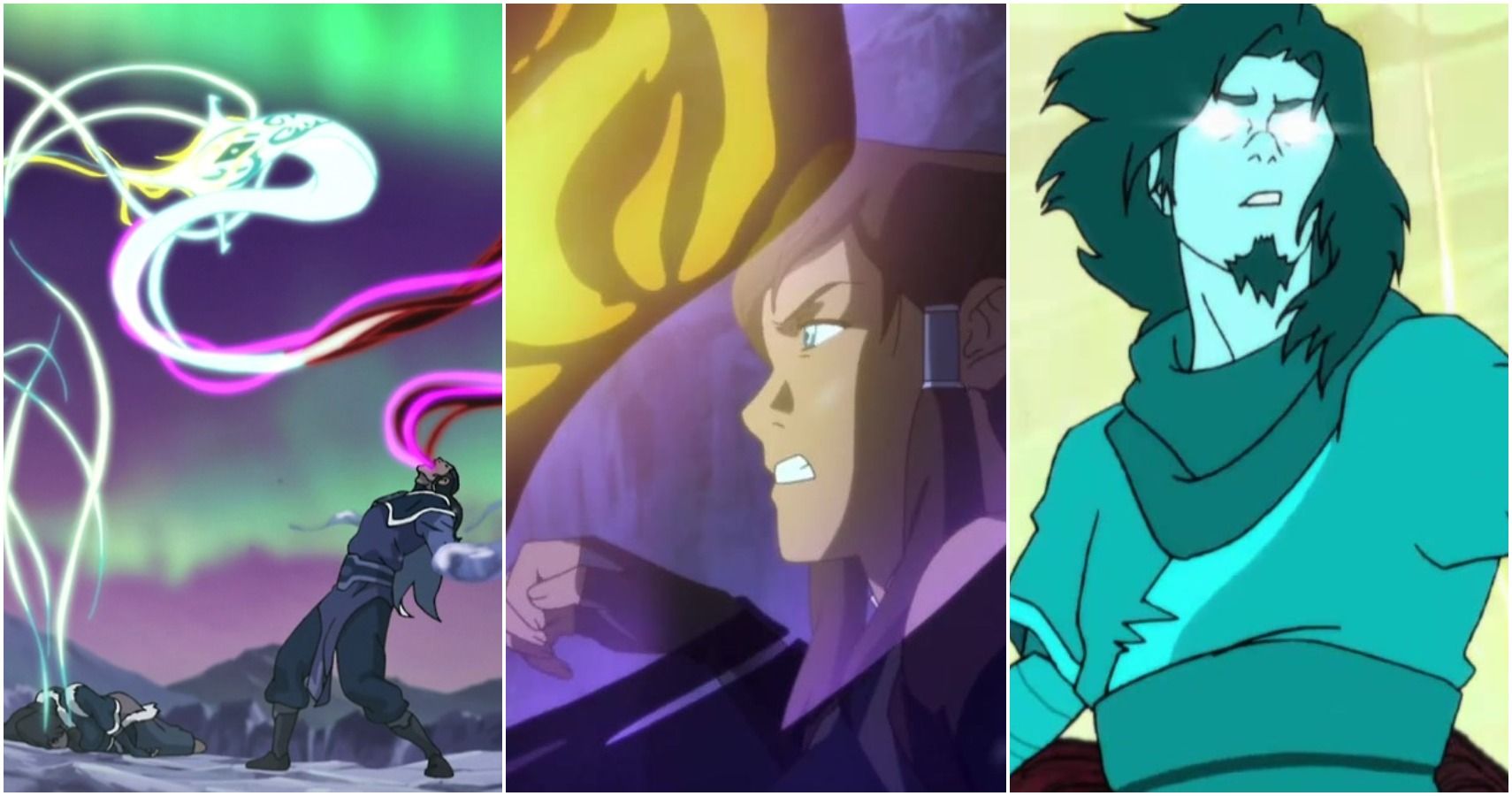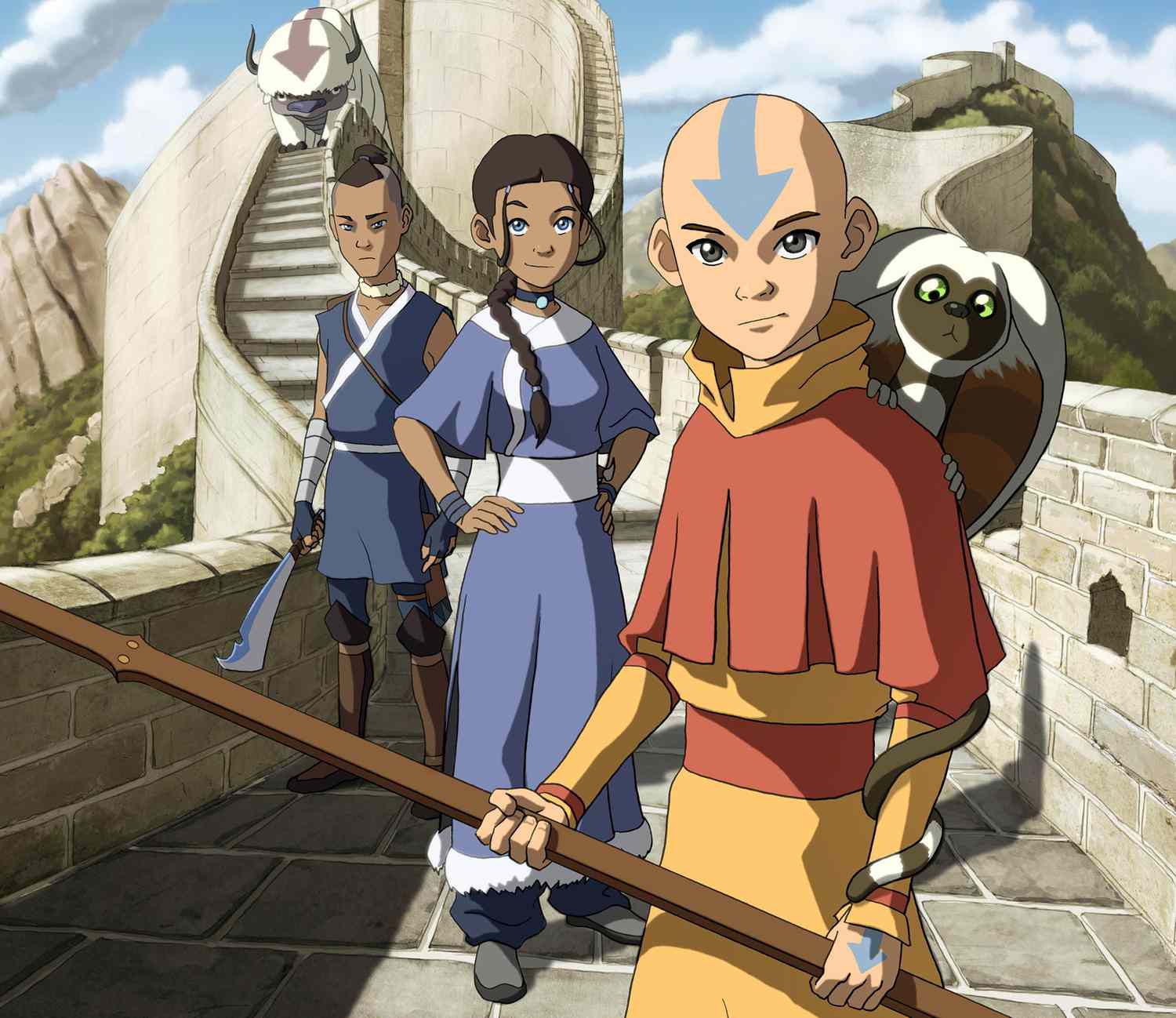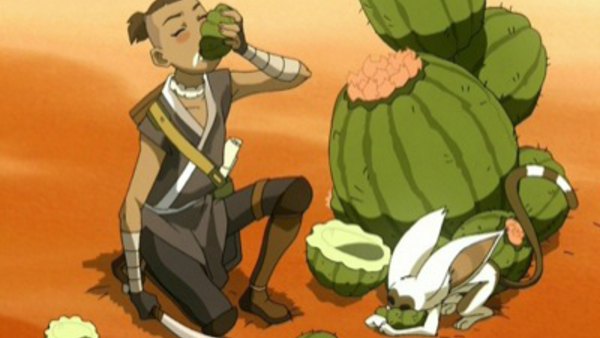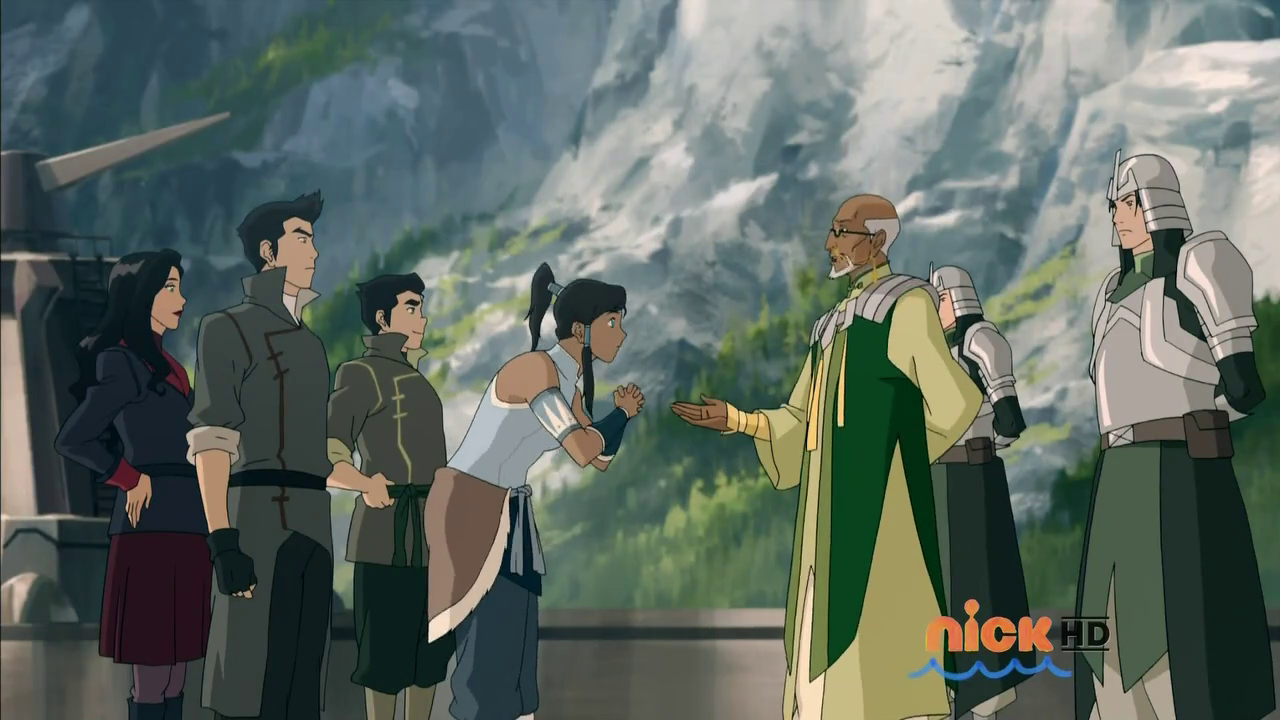

When Unalaq breaks past Team Avatar to merge with the evil kite demon, they become the “Dark Avatar,” a harbinger of the end of days. While themes rooted in Christian history tapered off as the story progressed, the themes circled back, with Unalaq and Vaatu playing out an Antichrist/Armageddon scenario. It’s a lesson he and Korra both learn by the finale’s conclusion.Įarly on in the season, Book 2 was unfolding as a full-blown religious war (with hints of the Taiping Rebellion).

Aang refutes the statement, telling Tenzin he’s more than a product of the past. I am the hope for future airbenders,” he mumbles to the ghost of his father. Finally, the stubborn leader confronts his daddy issues head on, similar to how Yoda’s vision cave works in Empire Strikes Back. With the line between spirit and physical worlds abolished by the end of the finale, perhaps we’ll return to The Fog of Lost Souls down the road …įor Tenzin, the spiritual/hallucinogenic properties of the fog provoke his greatest revelation. When Tenzin, Kya, and Bumi land themselves in the misty slammer, they not only find Jinora but a handful of other victims - including Avatar: The Last Airbender baddie Admiral Zhao (a cameo that brings Jason Isaacs back to the show for three lines). The Fog of Lost Souls seems to fit that category - impeccably conceived and criminally underused. Creators Michael Dante Dimartino and Bryan Konietzko often discuss in interviews how they come up with an abundance of ideas in the show and wind up only flirting with them when they finally appear because of time restrictions. Not quite “Why is a raven like a writing desk?” but faithful to the character’s Alice in Wonderland-esque reintroduction.īookish Tenzin knows exactly where to find Jinora: The Fog of Lost Souls, a spirit prison for humans. “If you travel too deep into the spirit world, you may end up in a place where only the lost can find you,” Iroh riddles to the group. They don’t have much luck wandering the Spirit World looking for clues, but Tenzin’s obsessive knowledge on the alternate dimension pays off when they run into Uncle Iroh’s and his signature brand of mysterious advice. The familial trio has been a highlight of the season, so to give them one more bickering/hugging-it-out moment is earned and welcome. It’s her Iron Man moment, though more visceral than anything in the CG-laden Marvel movies.Īs to avoid peaking too early, “Darkness Falls” balances the spirit rumbling with Tenzin, Kya, and Bumi’s search for Jinora. At one point, Korra swooshes through the air, propelling herself forward with jets of fire bending out of her feet.

The intercut sequences are a Foley artist’s dream come true as boulders burst through the ground, fire rips like a lion out of Mako’s hands, and Unalaq lets ice blades loose like ninja stars. The show’s directors never cease to find innovative ways to clash bending skills and it’s all made tangible by an organic soundscape.

Consistent with the past few weeks of Studio Mir –animated episodes, the action is an insane barrage of elements and angles. “Darkness Falls” thrusts us right into the battle, Korra tossing Unalaq through the spirit portal for Mako and Bolin to ward off while she goes at it with Vaatu. Instead of offering up answers to every question mark, the two-parter opted for Kaiju monsters. In the end, the finale forfeits a fulfilling conclusion to Korra’s spiritual journey in favor of stretching the elasticity of its world’s rules. “Darkness Falls”/“Light in the Dark” cranks up the action from minute one and doesn’t stop turning the dial until the hour’s final beats.
#AVATAR THE LEGEND OF KORRA SEASON 2 EPISODE 11 FREE#
When the lead-in episodes end with a supreme god of evil breaking free from incarceration after 10,000 years of plotting universal chaos and destruction, a show’s finale has few options beyond “go big or go home.” So that’s what The Legend of Korra did.


 0 kommentar(er)
0 kommentar(er)
